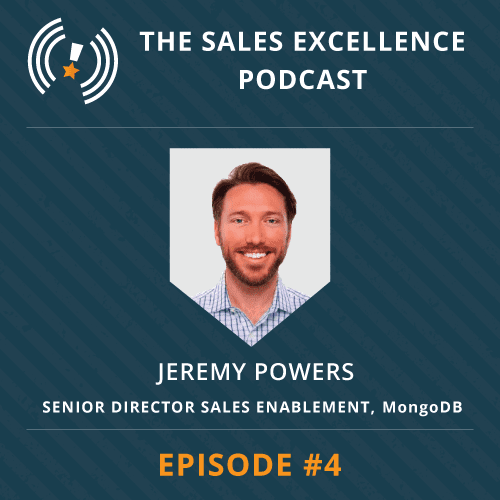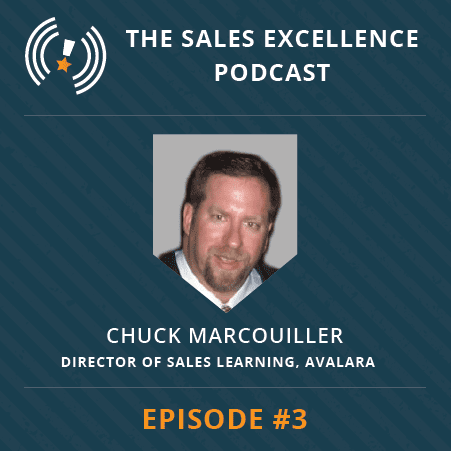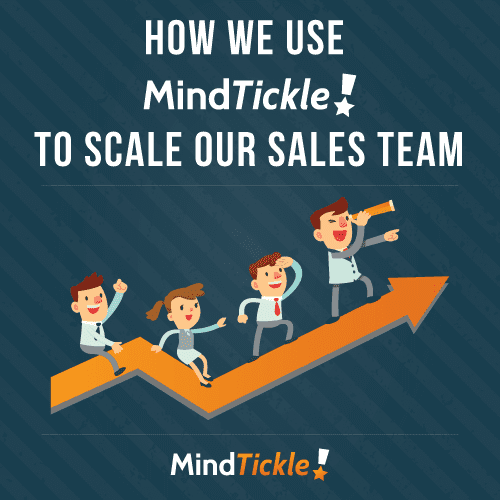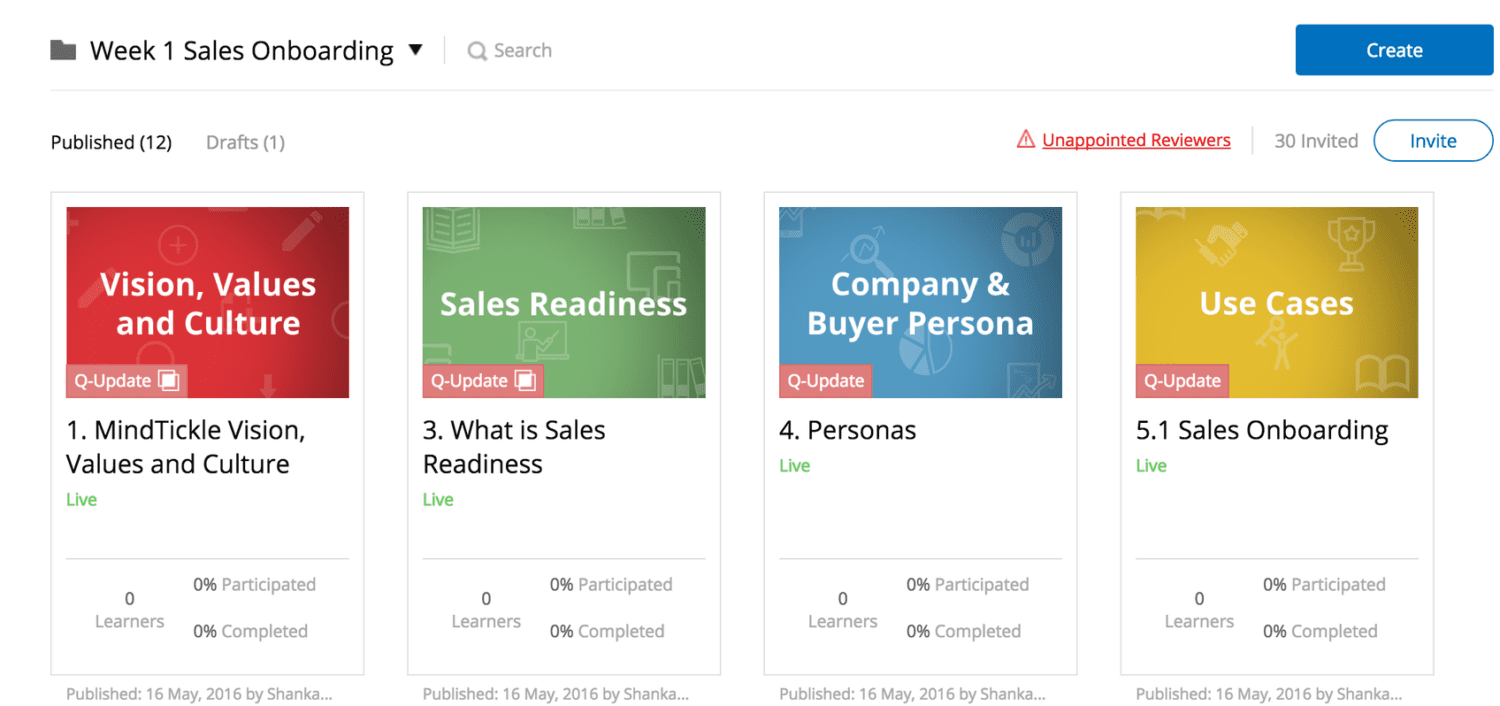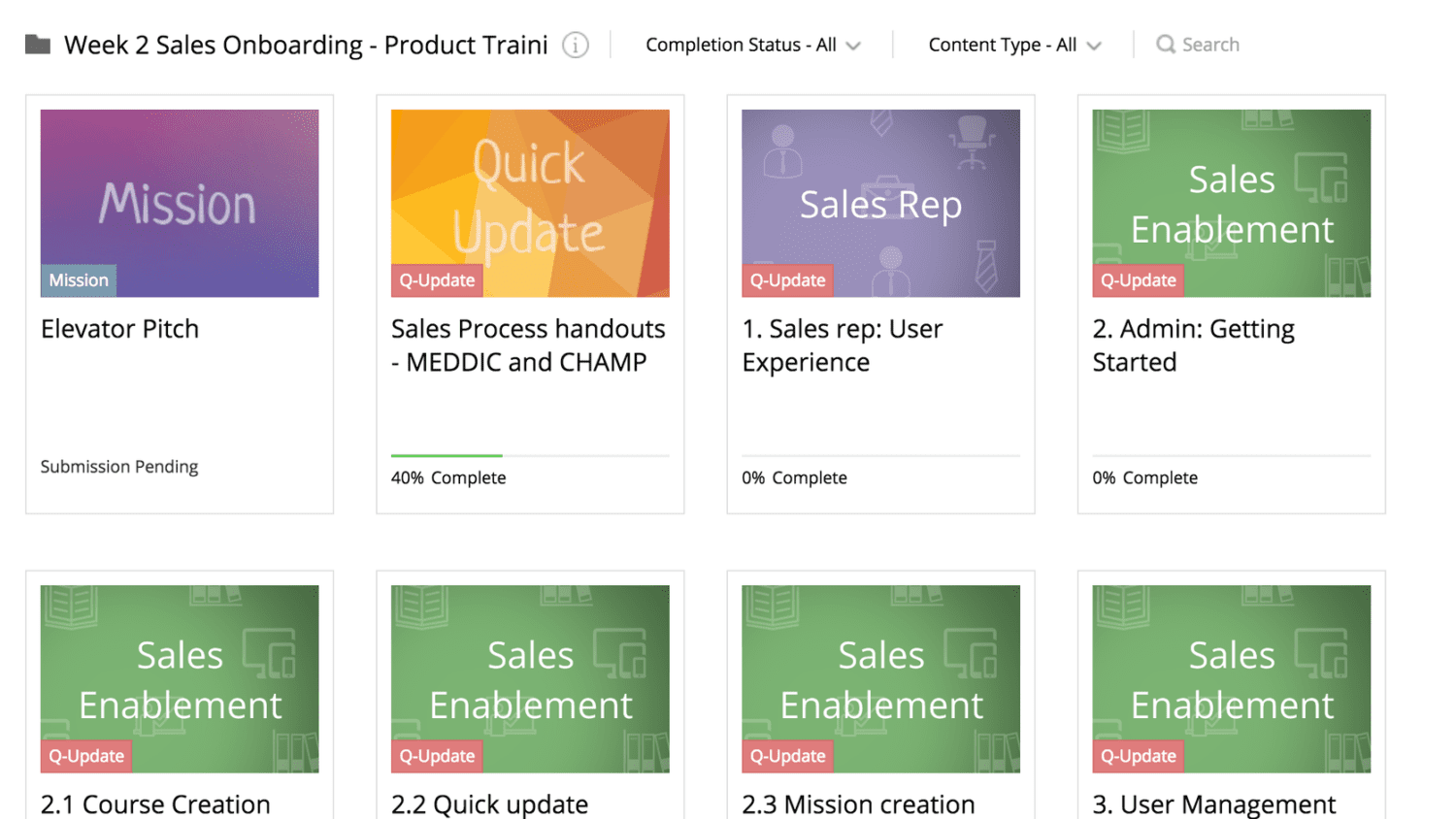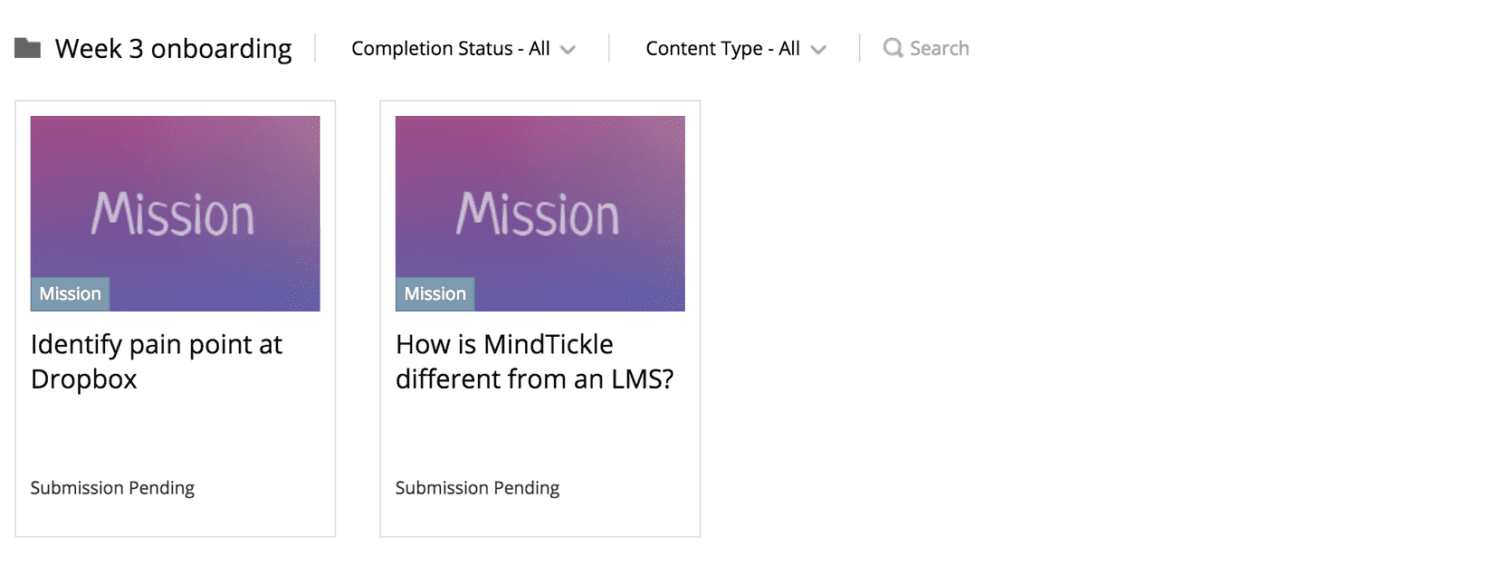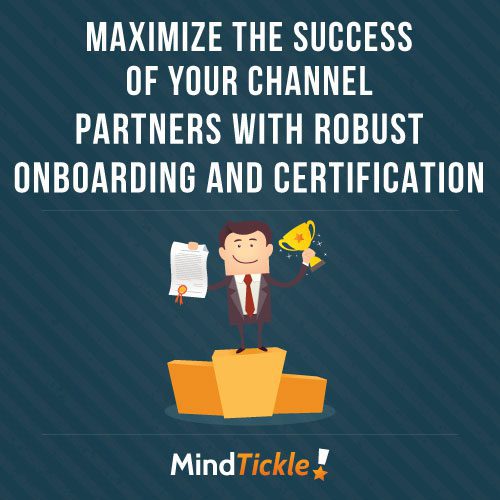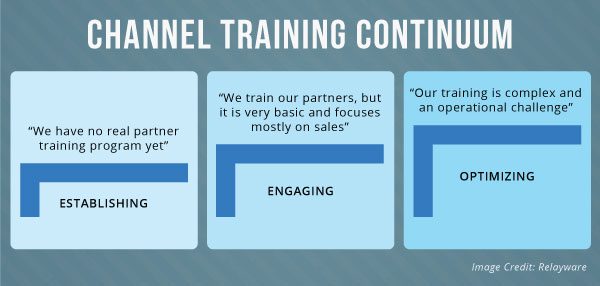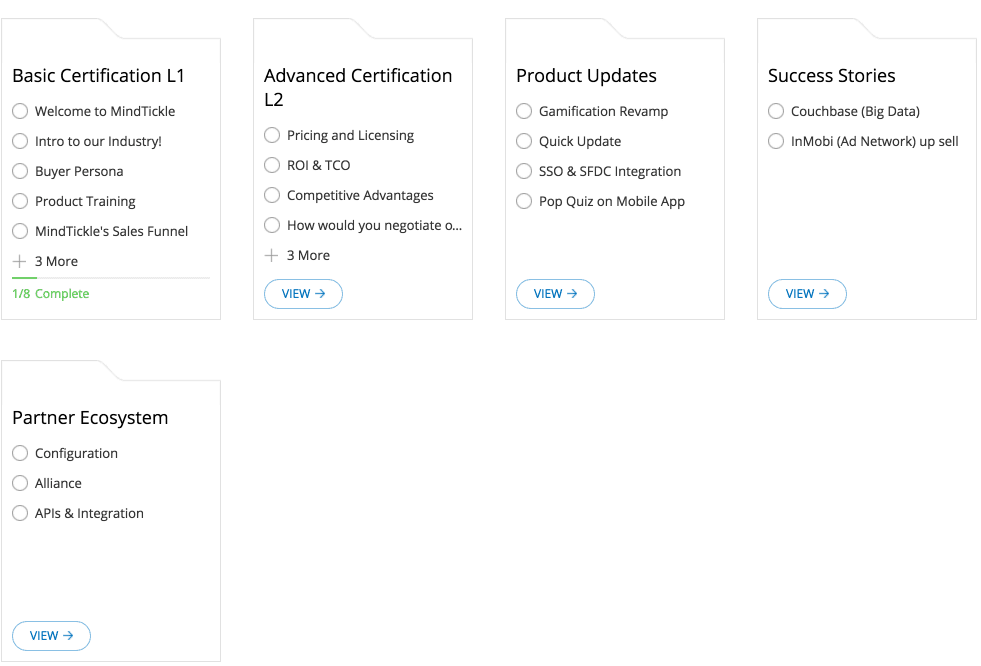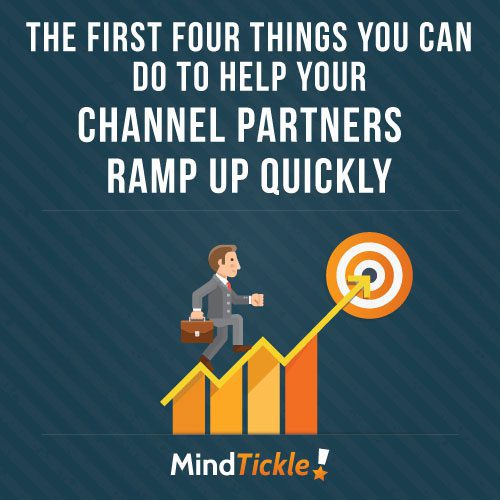How to Overcome Ongoing Training Challenges for Remote Workers
As your company expands and launches new offices across the country and internationally, the once intimate environment that was once so effective for training becomes less feasible with employees working remotely from the central office. For one, it’s hard to keep everyone up to speed when they’re geographically dispersed. You could fly the remote workers to New York for training, but that is expensive and you’ll have to get permission to do so. There has to be a more efficient solution. Also, when companies expand, two corporate cultures can develop and this can be a disaster.
Sometimes satellite offices can have as few as 2-3 employees and they never get visited by the leadership team. A person joining such a team can very easily feel undervalued and marginalized. Here’s where online training, and more specifically blended learning, can come in handy in making sure that your remote team has access to the same great training as your headquarters (HQ) team.
Is Online Learning Really Good Enough for Remote Staff?
Not surprisingly, the transition to online learning for your remote team will raise many questions for you.
For example, isn’t clocking in face-time important for engagement? Won’t online learning sacrifice the high touch experience that you get from face-to-face learning? Will you be able to deliver on the same learning perspective to your remote trainees online? Also, what happens to the PowerPoints and other materials that you use? How do you begin to make your course materials online ready? These are good questions but there are other equally important challenges that you may not have considered!
- Tracking Employee Performance. For one, how can you measure the performance of remote workers? After all, it’s important to keep track of whether employees are performing up to the standards. Not to mention that you have to analyze the effectiveness of your program in developing relevant skills and productivity.
- Foster Social Engagement Between Remote and HQ employees. Establishing personal interaction among all employees is necessary to encourage collaboration, but it’s challenging to create if everyone is not in the same geographical location. Are there communication or social media tools that can allow remote workers to feel up to speed and not alienated from the employees in the central office?
- How to Use the Dynamics of “Gamification”. Gamification has proven to encourage participation and productivity in a workplace – the concept of using game mechanics when training is a great way to engage new remote hires! How can you apply gamification to increase learning, team building, innovation, and the satisfaction of remote workers?
- How to Use the Right Technologies. As your training program transitions from face-to-face learning to online-based learning, technology will play a bigger role as a resource. You’ll need to think about what technology would be appropriate to achieve effective sharing of information, communication, and can deliver an engaging experience.
- Language Localization. If you are going international, international offices can create language barriers. How can these barriers be broken? And how will you ensure that foreign speakers are equally engaged to the informational materials given to them as your native English speakers are?
Steps to Establish a Stellar Learning Experience for Remote Workers
Step 1: Define Your Success Criteria
First, make sure that you and management understand what is needed to make the training program successful for your company. Know your organization’s goals and define what behaviors the team needs to get there. These are the behaviors that you then reinforce in your training program. However, with multiple goals to tackle and limited resources, you can’t hit everything. Use these two questions as a framework to identify where to begin when you have limited resources.
Question 1: Should You Repurpose Content or Create New Programs From Scratch?
You will have to think about whether you want to create a new training program from scratch or use existing materials. Repurposing content would mean, for example, that you convert the content from your PowerPoints into eLearning modules.
This may be far less costly and time-consuming than creating completely new content. However, creating new content may also be necessary to fill information gaps that remote workers may not have access to.
Question 2: What is More Important Right Now, Scale or Effectiveness?
You also need to consider your priorities – do you want a few highly trained employees or rapid rollout of training sacrificing high touch training elements? Often, in the earlier stages of business, the first few hires have a lot of impact on the company so high touch training is valuable. However, as the company undergoes rapid expansion, high touch training becomes a less efficient process. In an illustrative example, one of our clients, a fast growing, mobile ad network, realized this challenge when they got to 100+ employees and they continued to stick with a very high touch onboarding process for their new hires. They soon realized that they weren’t having onboarding sessions for several weeks when the founders were gone on overseas business trips. Using Mindtickle, they were able to flip the training process and codify the key messages and orientation information for the new hires. This freed up energy for leaders to deliver the strategic content in intimate coffee chats, allowing for a meaningful exchange of ideas. Now the Co-founders spend more quality time with their new hires after they have gone through the online onboarding experience.
Step 2: Recognize the Learning Culture
Next, be aware of the learning culture at your company. Is it a “learning culture,” where improving performance, knowledge, and skills are encouraged? If this is not the case, a “change management” investment may be required so that the right incentives are put in place to motivate employees. This is important to consider because your training program will be easier to launch and more successful in a culture that already invests in ongoing learning. Setting relevant principles, values, and preferred behaviors from management down help to paint a clear picture of what all employees should be striving for.
Step 3: What Approach to Take: Staged Rollout or Big Bang
In terms of implementing change in a business, big bang refers to instant adoption and staging rollout refers to more gradual adoption over an extended period of time. Consider both options and determine which is the more appropriate approach for your situation. The big bang adoption could be faster and cheaper but more overwhelming and prone to failure due to inability to adapt and substantial productivity loss while everyone is adjusting to change. On the other hand, staging rollout may be more time and cost consuming but there is more time to adapt and productivity loss is less critical.
Step 4: Know What Resources You Have at Your Disposal
While transforming the training program to meet the learning needs of all employees, consider the resources that you already have and how you can adapt it to a more online-based system. What technologies does your company already possess and how can you take advantage of employees’ subject matter expertise in order to create an efficient and effective training program.
Step 5: Create a System to Achieve Your Goals
You should not only focus on what to achieve but also how to achieve it! You can set goals but you also need to create an effective management and training system. For example, what are the specific training processes that should be introduced and the right timing? How does the training program need to tie in with performance management? How should the training promote work-related habits to reinforce positive outcomes?
Remote employees don’t have to feel like orphans or second-rate citizens. Blended learning combines internet-based learning with face-to-face learning in order to create a personalized and engaging learning experience. It has the potential to decrease training costs, increase employee engagement with training, and adapt to the individual needs of each employee.
With a blended learning model and some effort, your remote employees can have access to a high-quality learning experience – the same as their colleagues over in HQ! Now it is your turn. Let us know your thoughts. How do you keep your remote employees up to speed with training?



